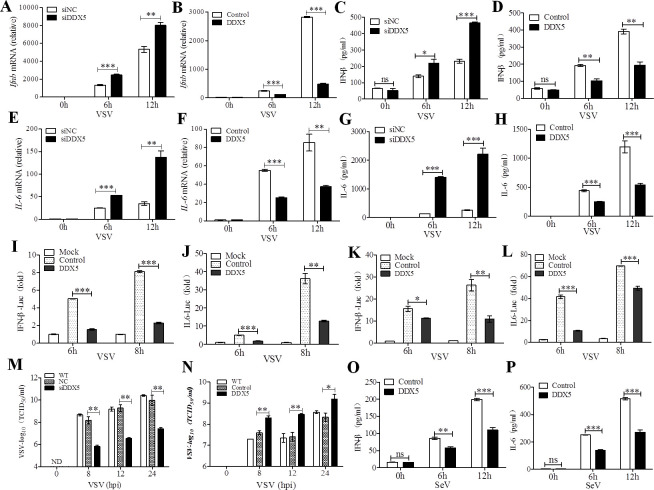Fig 1. DDX5 promotes VSV replication by suppressing VSV-triggered production of IFN-β and IL-6 in MEFs.
(A, B): qRT-PCR of Ifnb mRNA in DDX5-knockdown or -overexpressed MEFs infected with VSV for 0, 6, and 12 h. (C, D): ELISA of IFN-β in the supernatants of DDX5-knockdown or -overexpressed MEFs infected with VSV for 0, 6and 12 h. (E, F): qRT-PCR of IL-6 mRNA in DDX5-knockdown or–overexpressed MEFs infected with VSV for 0, 6, and 12 h. (G, H): ELISA of IL-6 in supernatants of DDX5-knockdown or -overexpressed MEFs infected with VSV for 0,6, and 12 h. (I, J): HEK293T cells were transfected with 500ng IFN-β (I) or IL-6 reporter (J), 20 ng Renilla-TK reporter, and 500 ng plasmid expressing DDX5 or control vector. After 24 h, cells were infected with VSV(MOI = 10). (K, L): MEFs were treated as described in (I, J), the luciferase activity of IFN-β (K) and IL-6 (L) were detected by the DLR Assay System. (M, N):TCID50 of VSV in DDX5-knockdown (M) or -overexpressed (N) MEFs infected with VSV for 0, 8, 12, and 24 h. (O, P): ELISA of IFN-β and IL-6 in supernatants of DDX5-overexpressed MEFs infected with SeV for 0,6, and 12 h. All data are mean ± SEM of biologically independent samples. Data are representative of three independent experiments. ND, not detected. ns, no significant difference. *p<0.05, **p<0.01, and ***p<0.001 (Student’s t-test).

